India is one of the oldest civilizations in the world with a kaleidoscopic variety and rich cultural heritage. Bounded by the Great Himalayas in the north, it stretches towards the tropical rain forests of the south and at the Tropic of Cancer, tapers off into the Indian Ocean between the Bay of Bengal on the east the Arabian Sea on the west. As you travel, India offers a range of vast tourism choices, diverse in land and nature, people, tribes, cuisine, faiths, dance forms, music, arts, crafts, adventure, sport, spirituality, history; even these vary as you journey from one state to another. From world-class airports and hotels, luxurious shopping malls, restaurants, pubs and cafes to overcrowded streets and alleyways, in the same cities, filled with thousands of little shops offering every possible modern and ethnic product and native street food is a fascinating experience.
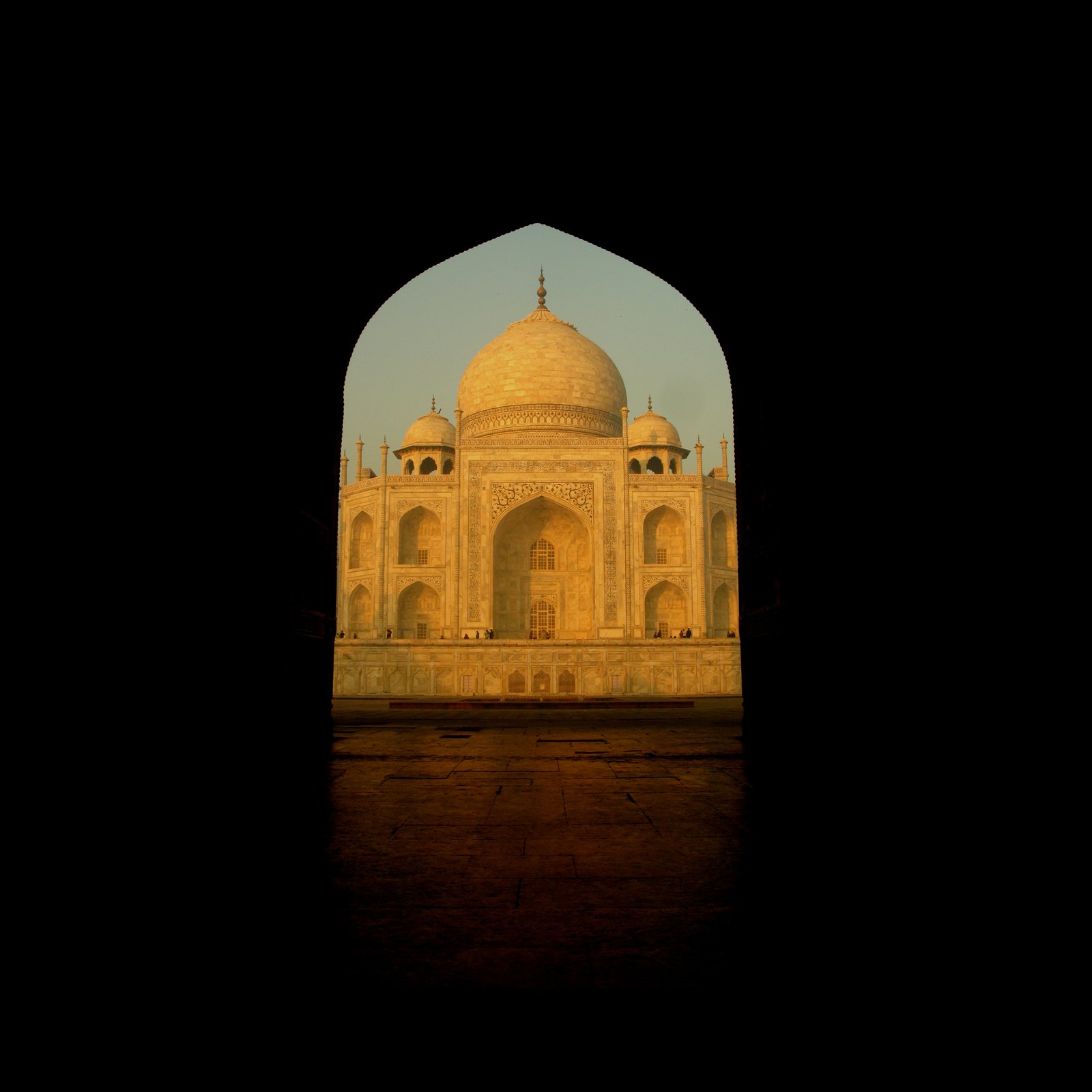
NORTH INDIA
North India has been the historical centre of the Mughal, Delhi Sultanate and British Indian Empire. It has a diverse culture, and includes the Hindu pilgrimage centres, the Buddhist pilgrimage centres, as well as world heritage sites such as the Nanda Devi Biosphere Reserve, Hill Forts of Rajasthan, Golden Temple, Qutub Minar, Red Fort, Agra Fort, Fatehpur Sikri and the Taj Mahal.
North India lies mainly on continental India, north of peninsular India. Towards its north are the Himalayas which define the boundary between the Indian subcontinent and the Tibetan plateau consisting of the mighty Leh & Ladakh region with beautiful Kashmir. While coming down a bit we experience the beautiful cities of Shimla, Manali & Dharamshala in Himachal Pradesh. Further down west is Punjab, as the name specifies five rivers and within the heart lies the Golden Temple. With the practice of all these religions, lies the practice of Yoga. Most of the yoga center lies at the footsteps of Himalayas at Rishikesh, Uttarakhand. To its west is the Thar Desert, shared between North India and Pakistan and the Aravalli Range.
The languages that have official status in one or more of the states and union territories located in North India are Hindi, Urdu, Punjabi and English.
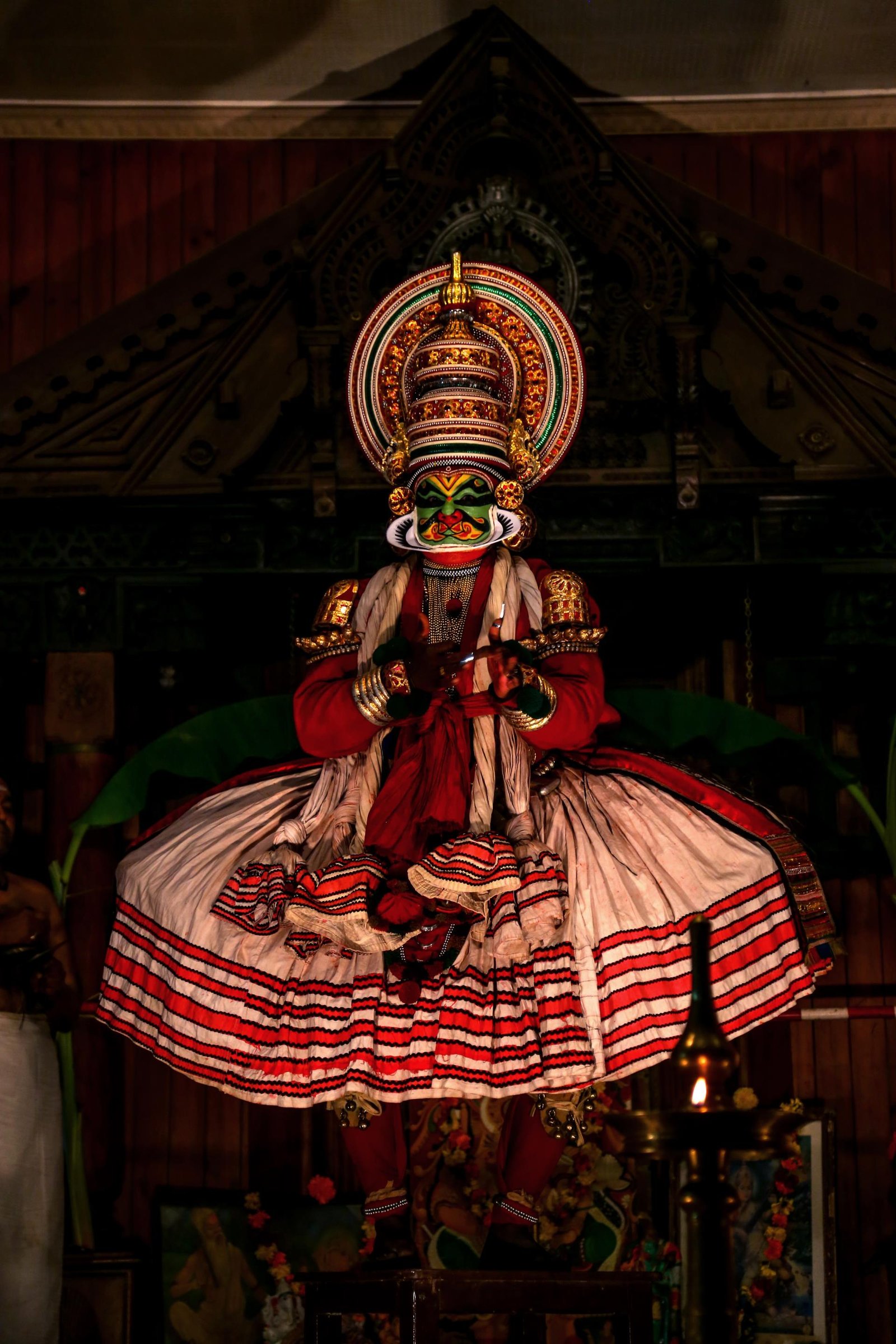
SOUTH INDIA
South India includes states of Andhra Pradesh, Karnataka, Kerala, Tamil Nadu and Telangana, as well as the three union territories of Andaman and Nicobar Islands, Lakshadweep and Puducherry. It's in the shape of an inverted triangle bound by the Arabian Sea on the west, by the Bay of Bengal on the east and Vindhya and Satpura ranges on the north.
The majority of the individuals in South India speak one of the four major Dravidian languages: Tamil, Telugu, Kannada, and Malayalam.
The Deccan plateau is the elevated region bound by the mountain ranges. The region contains a tropical climate and depends on monsoons for rainfall. The tropical wet and dry climate, drier than areas with a tropical monsoon climate. Winter and early summer are long and dry periods. The region is home to one of the largest populations of endangered Indian elephant and Bengal tiger in India. Other threatened and endangered species found in the region include grizzled giant squirrel, grey slender loris, sloth bear, Nilgiri tahr, Nilgiri langur, lion-tailed macaque, and Indian leopard.
Hinduism is the major religion with about 80% of the population adhering to it. About 11% of the population follow Islam and 8% follow Christianity.
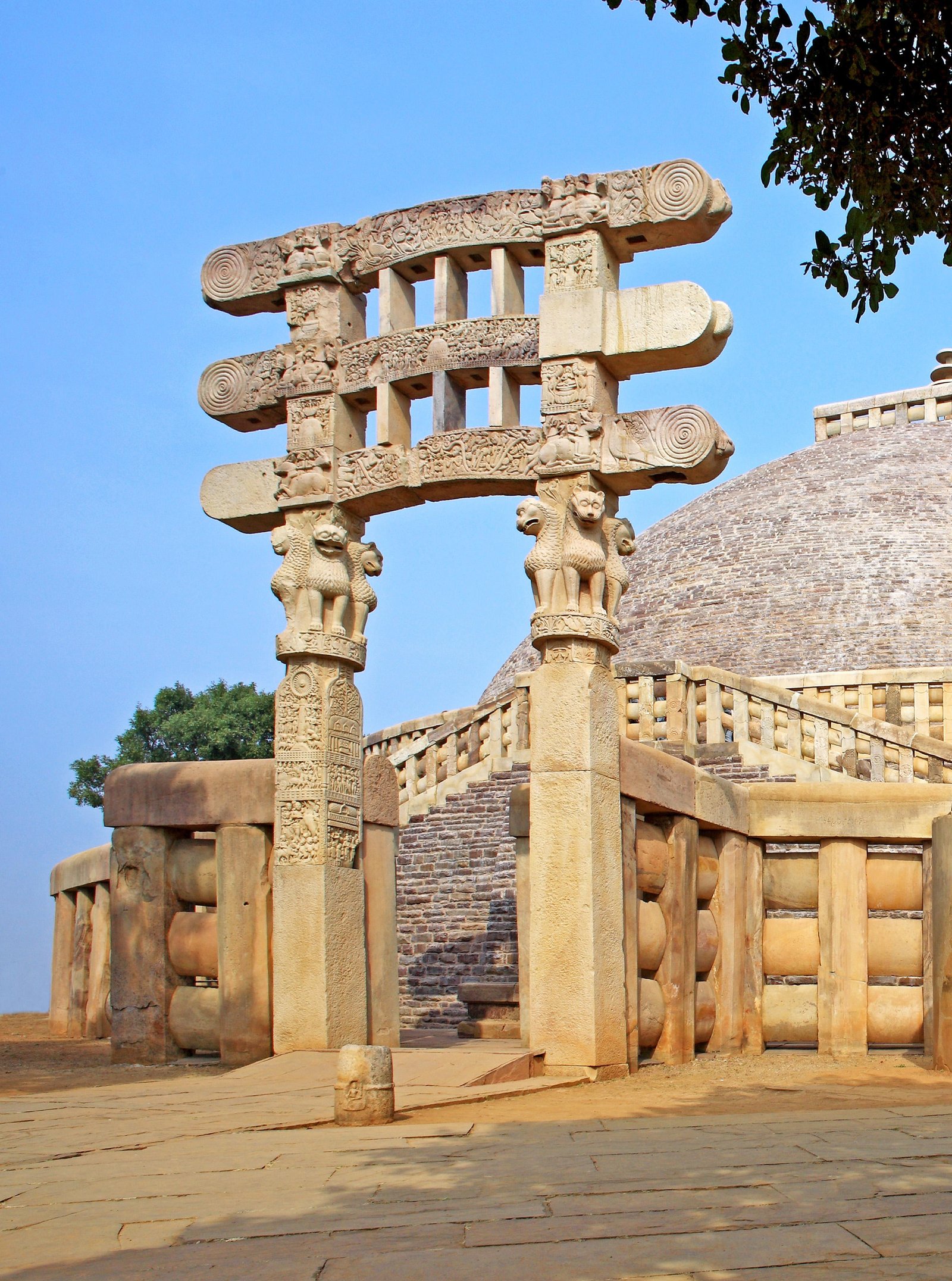
CENTRAL INDIA
Central India is loosely defined region of India consisting of the states of Chhattisgarh and Madhya Pradesh. The states share many linguistic and cultural characteristics with the Northern Region as well as the predominance of Hindi.
The Bhimbetka caves show proof of Paleolithic settlements in current Madhya Pradesh. Stone Age tools have collectively been discovered at various places on the Narmada river valley. Chalcolithic sites have been discovered at a number of places at Eran, Kayatha, Maheshwar, Nagda and Navdatoli. Rock shelters with cave paintings, the earliest of which can be dated to 30,000 BCE, have also been discovered at a number of places. The settlements of humans in present-day Madhya Pradesh developed primarily in the valleys of rivers such as Narmada, Chambal and Betwa. During the early Vedic period, the Vindhya Mountains formed the southern boundary of the Indo-Aryan territory.
After independence, the states of Madhya Bharat, Vindhya Pradesh, and Bhopal were merged into Madhya Pradesh in 1956. In 2000, the new state of Chhattisgarh was carved out of Madhya Pradesh.
The region is part of the Hindi belt, and Modern Standard Hindi is the predominant language. Other Hindi belt languages such as Chhattisgarhi are also common regionally. Besides these Indo-Aryan languages, the Munda-family language Korku is also spoken in Central India.
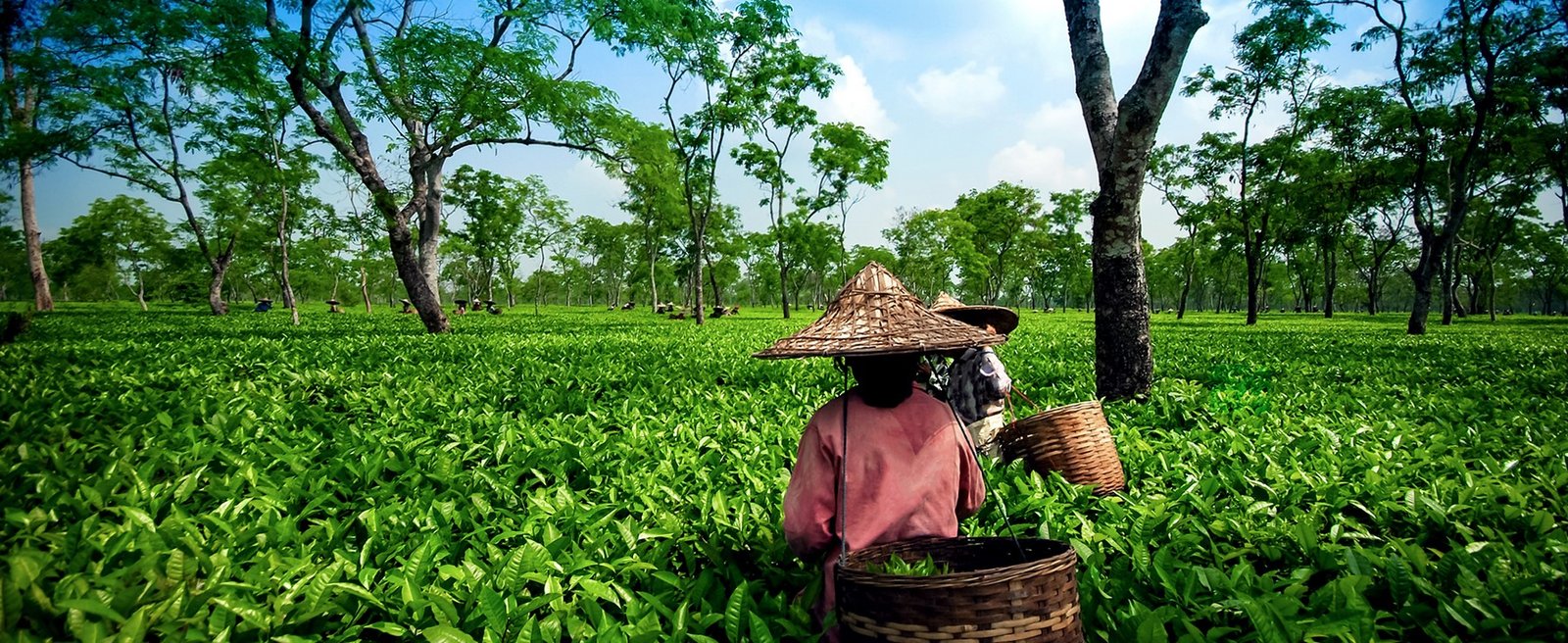
EAST INDIA
Eastern India is a loosely outlined region of India consisting of its eastern part. It includes the states of West Bengal, Orissa, Arunachal Pradesh, Assam, Manipur, Meghalaya, Mizoram, Nagaland, Sikkim & Tripura.
West Bengal is on the eastern bottleneck of India, stretching from the Himalayas in the north to the Bay of Bengal in the south. Orissa extends from the Subarnarekha River in the north to the Rushikulya River in the south. It is well-known that the states of Arunachal Pradesh, Assam, Meghalaya, Manipur, Mizoram, Nagaland and Tripura were named the Seven Sisters in 1972. Mizoram and Manipur are connected to the rest of India through Barak Valley in Assam. And it is due to this interdependence, they were given the sobriquet.
Northeast India has a subtropical climate that is influenced by its relief and influences from the southwest and northeast monsoons. Yearly rains with up to 250 cm. Average temperatures are 11 ° to 21 ° C in wintertime and 20 °to 29 ° Celsius in summer.
The majority follow Hinduism and there are significant minority who follow Islam and Christianity. There are a lot of tribes like Bodo Tribe, Kuki Tribe, Adi Tribe, Nishi Tribe, Angami Tribe, Bhutia Tribe, Garo Tribe and many more to see and visit.
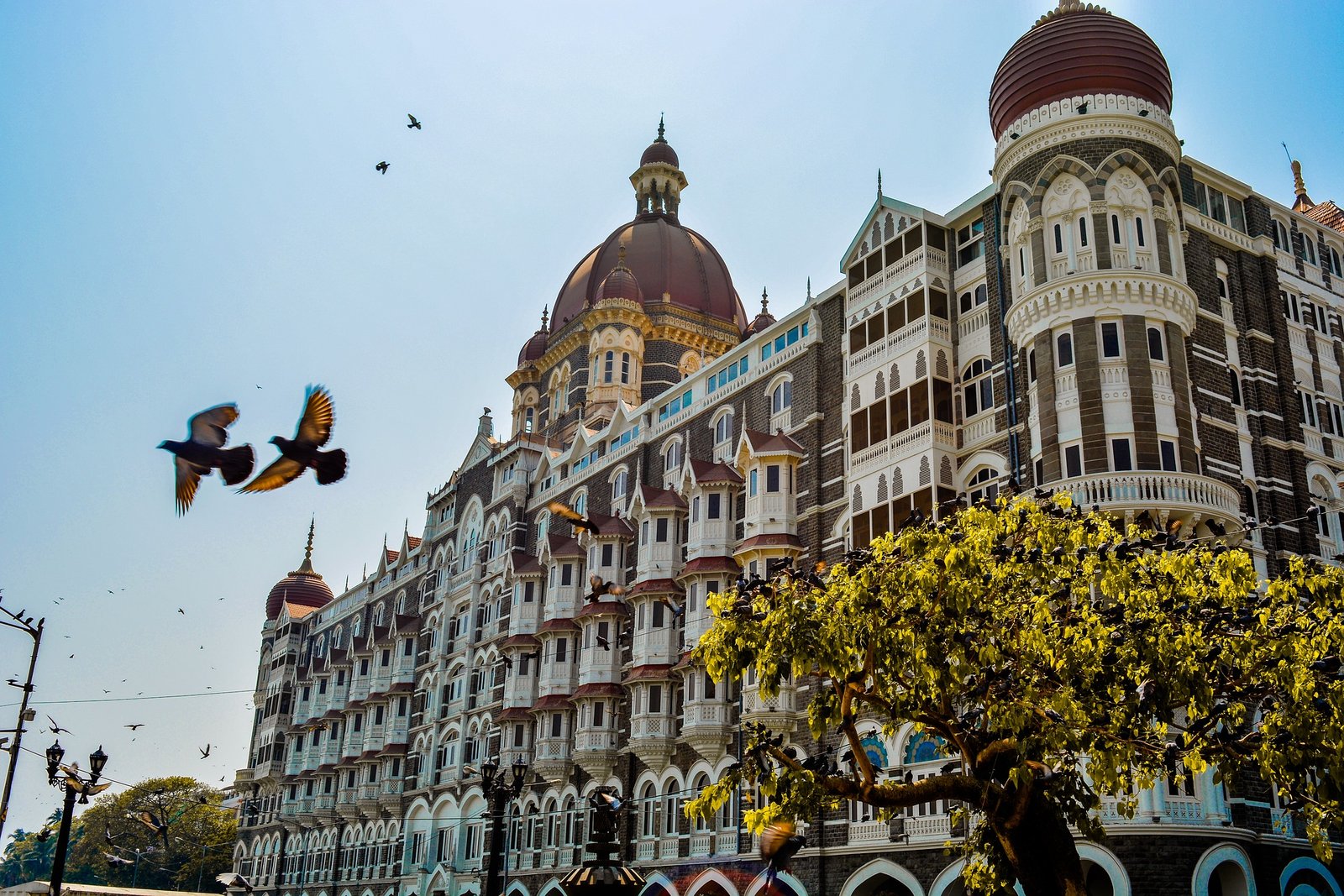
WEST INDIA
Western India is a loosely outlined region of India consisting of its western part. It includes the states of Goa, Gujarat, and Maharashtra along with the Union territory of Daman and Diu and Dadra and Nagar Haveli. A major portion of Western India shares the Thar Desert with North India and Pakistan and the Deccan Plateau with South and Central India.
Parts of Gujarat were the sites of Indus Valley Civilization. The region experienced great upheavals during the struggle for Indian Independence. Gandhi's Dandi March transpire in Gujarat. The region became part of independent India in 1947. The Western Ghats lie on the coast of South Gujarat, Maharashtra and Goa. Mumbai is the financial capital of the country. The vegetation varies from tropical rainforests on the Konkan coast to thorny bushes and shrubs in northern Gujarat.
The climate varies between tropical wet, tropical wet and dry, and semi-arid. The coastal regions experience little seasonal variations although the temperatures vary between 20 °C to 38 °C. Gujarat conjointly has a warm climate with hot summers and cool winters.
The majority follow Hinduism and there are significant minority who follow Islam and Christianity. There are few Jews called the Bene Israel who speak Marathi. The Parsees who settled in Gujarat made Mumbai and Surat their home. Significant percentages of Jains and Buddhists can be found too. Most Christians live in the state of Goa.








